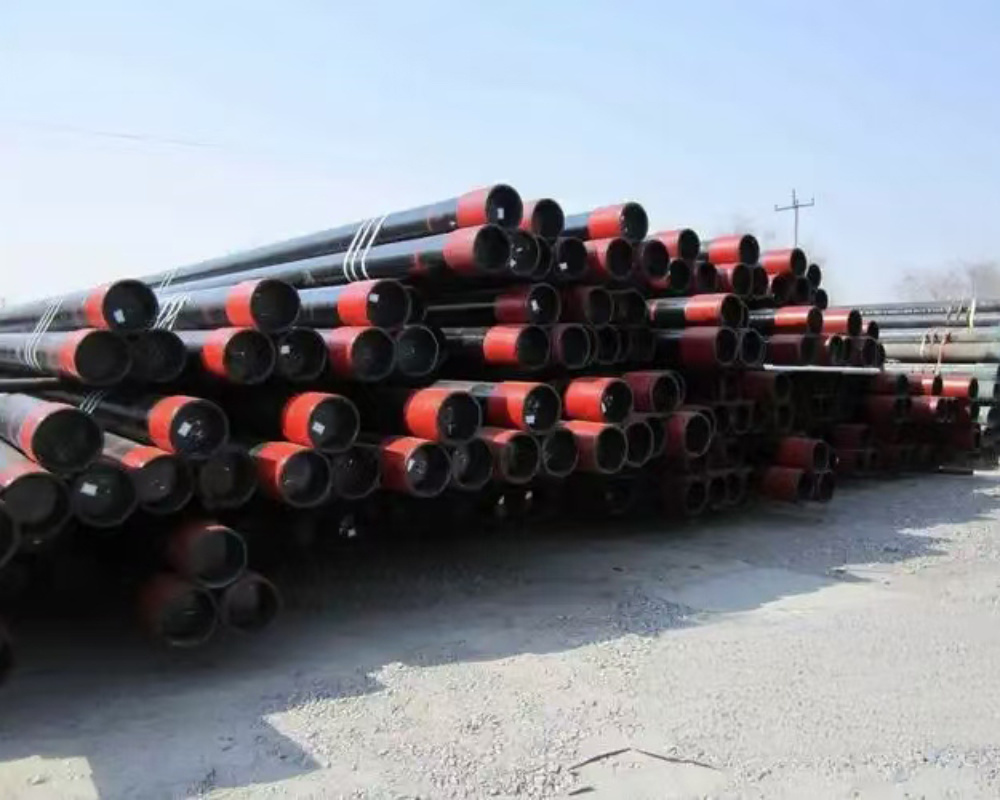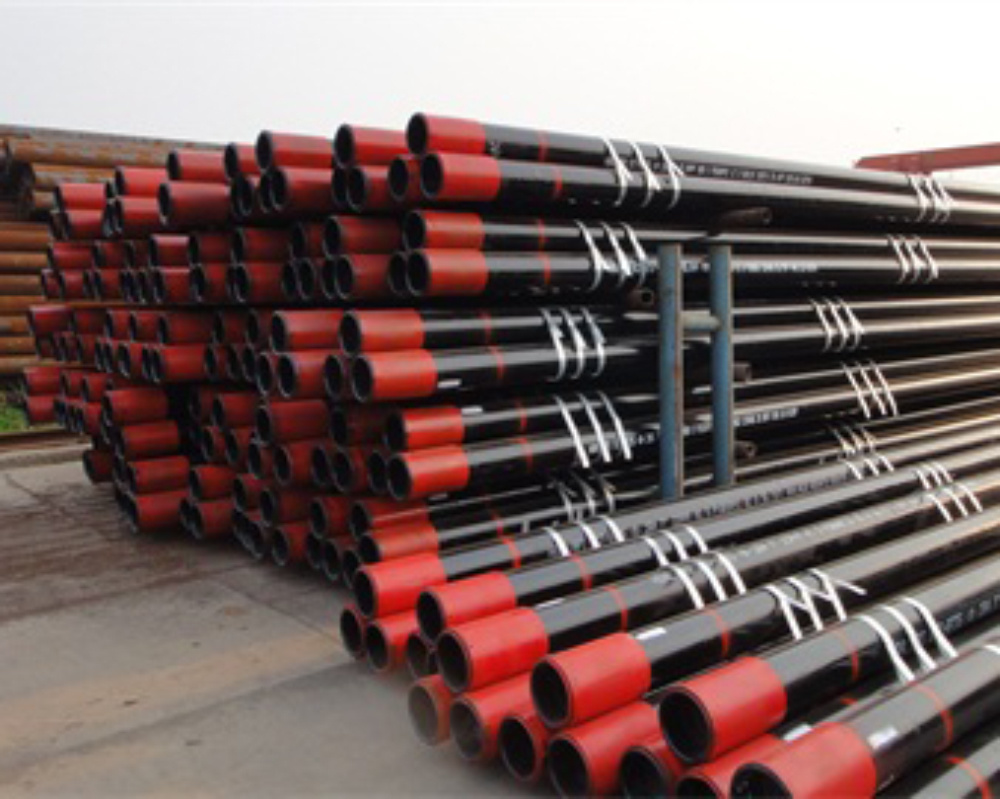Understanding Wood Boiler PEX Tubing: Essential Insights for Professionals
When it comes to heating systems, wood boilers have gained popularity for their efficiency and eco-friendliness. An essential component in these systems is PEX (cross-linked polyethylene) tubing, which plays a crucial role in transferring heat effectively. Understanding wood boiler PEX tubing can significantly enhance the efficiency of your heating projects.
PEX tubing is known for its flexibility
When it comes to heating systems, wood boilers have gained popularity for their efficiency and eco-friendliness. An essential component in these systems is PEX (cross-linked polyethylene) tubing, which plays a crucial role in transferring heat effectively. Understanding wood boiler PEX tubing can significantly enhance the efficiency of your heating projects.
PEX tubing is known for its flexibility, durability, and resistance to corrosion and scale build-up. Unlike traditional metal pipes, which can be prone to rust and require more maintenance, PEX tubing offers a lightweight and easy-to-install option for transporting hot water from wood boilers to heating elements within a building. This makes it particularly well-suited for radiant heating applications, where warm water circulates through tubes laid beneath floors or within wall systems.
One of the key advantages of using PEX tubing in conjunction with wood boilers is its ability to withstand high temperatures and pressures. Wood boilers typically operate at temperatures ranging from 160°F to 180°F (70°C to 82°C). PEX can handle these conditions without compromising its structural integrity, which is essential for maintaining a reliable heating system. Moreover, PEX’s thermal expansion properties help to minimize stress on the system, reducing the risk of leaks and failures.
Installation of wood boiler PEX tubing is straightforward, requiring fewer fittings and joints, which can lead to a more streamlined setup. This not only saves labor time during installation but also reduces potential points of failure. Additionally, the flexibility of PEX allows it to navigate around obstacles, making it easier to install in tight spaces or complex layouts without the need for additional bends and fittings.
Another critical aspect of wood boiler PEX tubing is its insulation. Insulated PEX tubing can significantly reduce heat loss during transportation, enhancing overall system efficiency. Proper insulation ensures that the heat generated by the wood boiler reaches its destination effectively, maximizing energy use and minimizing waste.
In summary, wood boiler PEX tubing is an excellent choice for professionals working in the construction and building materials industry. Its flexibility, durability, and efficiency make it a superior option for transferring heat in wood boiler systems. By understanding the benefits and installation considerations of PEX tubing, professionals can improve their heating solutions while providing sustainable options for their clients. Embracing PEX technology in wood boiler applications is not just a trend; it’s a practical step toward a more efficient and environmentally friendly heating future.
PEX tubing is known for its flexibility, durability, and resistance to corrosion and scale build-up. Unlike traditional metal pipes, which can be prone to rust and require more maintenance, PEX tubing offers a lightweight and easy-to-install option for transporting hot water from wood boilers to heating elements within a building. This makes it particularly well-suited for radiant heating applications, where warm water circulates through tubes laid beneath floors or within wall systems.
One of the key advantages of using PEX tubing in conjunction with wood boilers is its ability to withstand high temperatures and pressures. Wood boilers typically operate at temperatures ranging from 160°F to 180°F (70°C to 82°C). PEX can handle these conditions without compromising its structural integrity, which is essential for maintaining a reliable heating system. Moreover, PEX’s thermal expansion properties help to minimize stress on the system, reducing the risk of leaks and failures.
Installation of wood boiler PEX tubing is straightforward, requiring fewer fittings and joints, which can lead to a more streamlined setup. This not only saves labor time during installation but also reduces potential points of failure. Additionally, the flexibility of PEX allows it to navigate around obstacles, making it easier to install in tight spaces or complex layouts without the need for additional bends and fittings.
Another critical aspect of wood boiler PEX tubing is its insulation. Insulated PEX tubing can significantly reduce heat loss during transportation, enhancing overall system efficiency. Proper insulation ensures that the heat generated by the wood boiler reaches its destination effectively, maximizing energy use and minimizing waste.
In summary, wood boiler PEX tubing is an excellent choice for professionals working in the construction and building materials industry. Its flexibility, durability, and efficiency make it a superior option for transferring heat in wood boiler systems. By understanding the benefits and installation considerations of PEX tubing, professionals can improve their heating solutions while providing sustainable options for their clients. Embracing PEX technology in wood boiler applications is not just a trend; it’s a practical step toward a more efficient and environmentally friendly heating future.
TAG:
Related Posts
4140 seamless tubing is a type of alloy steel tube that is recognized for its high strength and durability, making it an excellent choice for various construction and decorative applications. Composed primarily of chromium and molybdenum, 4140 steel offers enhanced mechanical properties, including improved hardenability and resistance to wear and fatigue. As a seamless product, it is manufactured









